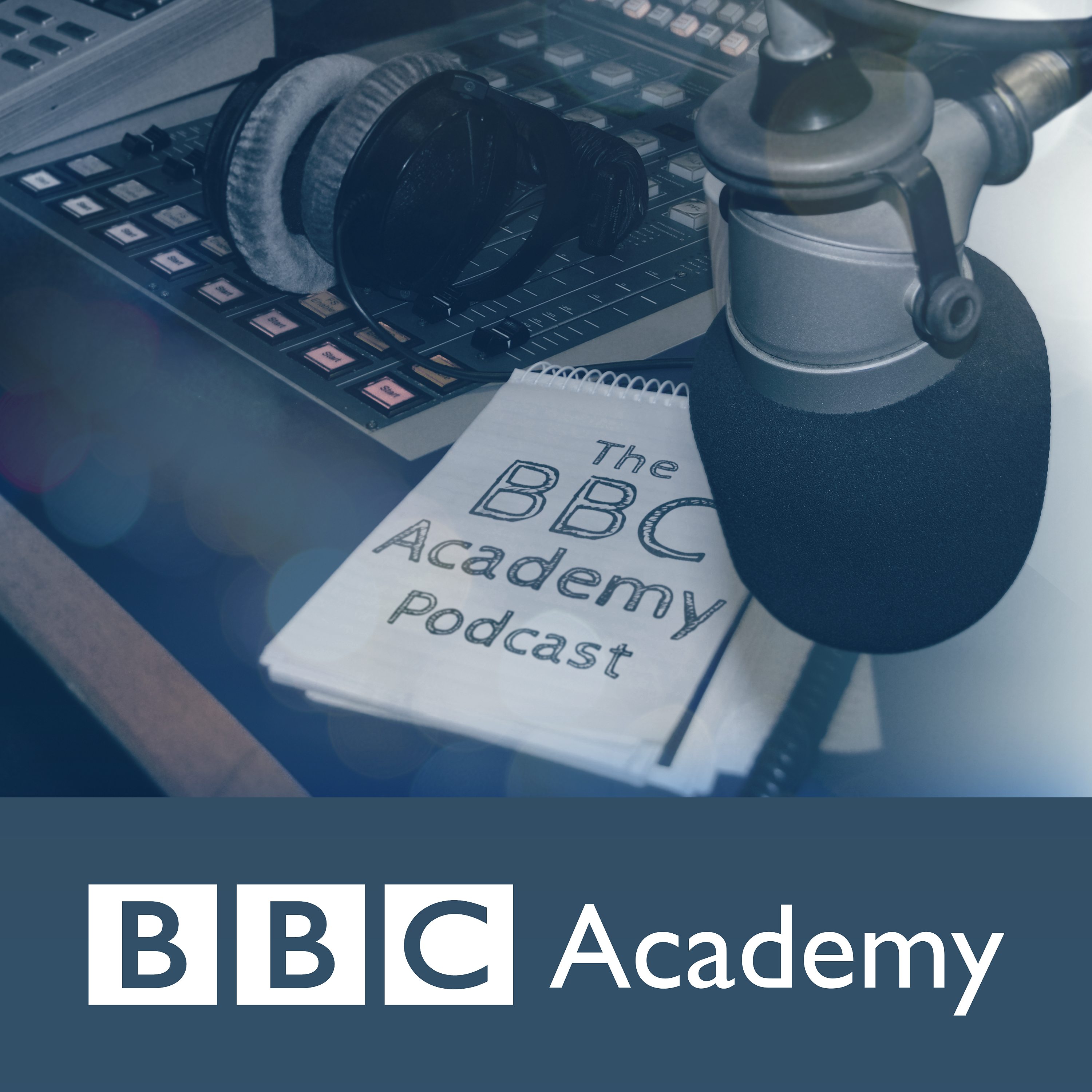VR and 360 video: The path to popularity

b'Virtual reality (VR) and 360 video are the new cool kids on the media block but how will this impact media organisations? Over the past couple of years, projects have been produced on a wide range of subjects, such as Notes on blindness, The Arctic and even one filmed from the International Space Station. The BBC has produced its own VR content too.\\n\\nThere\'s no doubt that VR and 360 both give the user something extra, taking them somewhere they couldn\\u2019t go in real life and providing an \'experience\' rather than just something to watch. So how should media organisations approach the challenge in terms of creativity, production and distribution?\\n\\n"You have to be prepared to hand over control to your viewers which has implications for how we report on TV."\\u2013 Zillah Watson\\n\\nIn this podcast you will learn:\\n\\n- the difference between VR and 360 video \\n- how broadcasters are currently using VR and 360\\n- how other industries are using VR and 360 \\n- what\'s augmented reality (AR) and mixed reality (MR) \\n- will there be a killer app? \\n\\nZillah Watson, from BBC Research & Development, is an editor who\\u2019s been responsible for a number of VR projects at the BBC. She wrote a recent report for the Reuters Institute on VR and 360 in news organisations.\\n\\nSi Lumb is a senior product manager for BBC\\u2019s Research & Development Future Experiences team.\\n\\nRebecca Gregory-Clarke is the lead technologist for immersive technology at Digital Catapult, a government-backed agency that promotes technological development in the UK.\\n\\nFind out more about BBC Academy:\\nWebsite \\u2013 www.bbc.co.uk/academy \\nFacebook \\u2013 www.facebook.com/bbcacademy \\nTwitter \\u2013 www.twitter.com/bbcacademy'